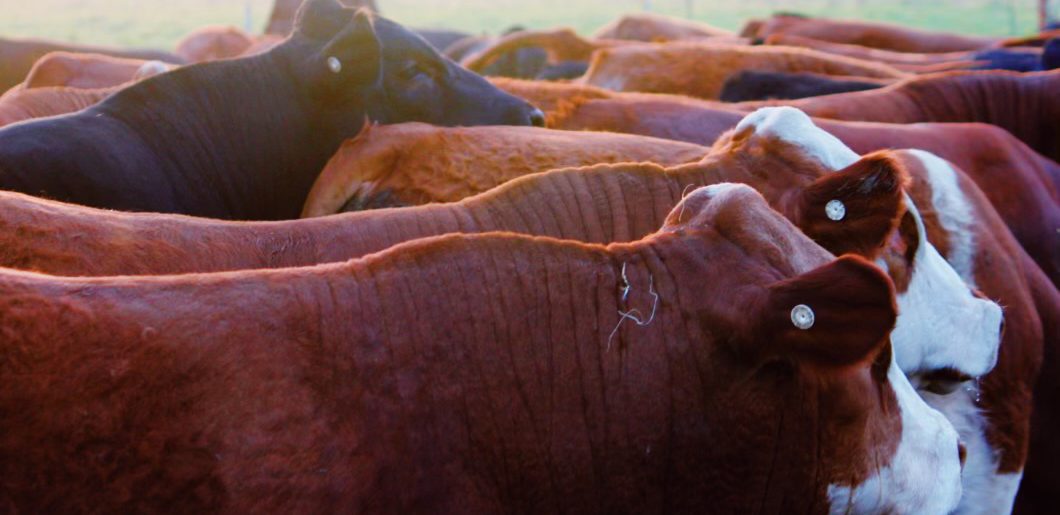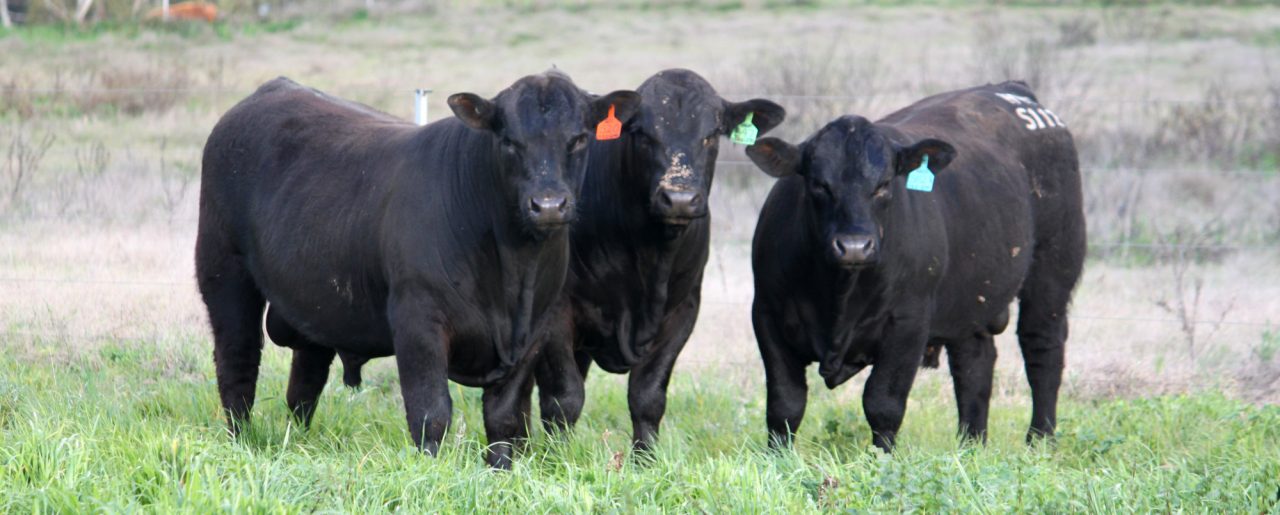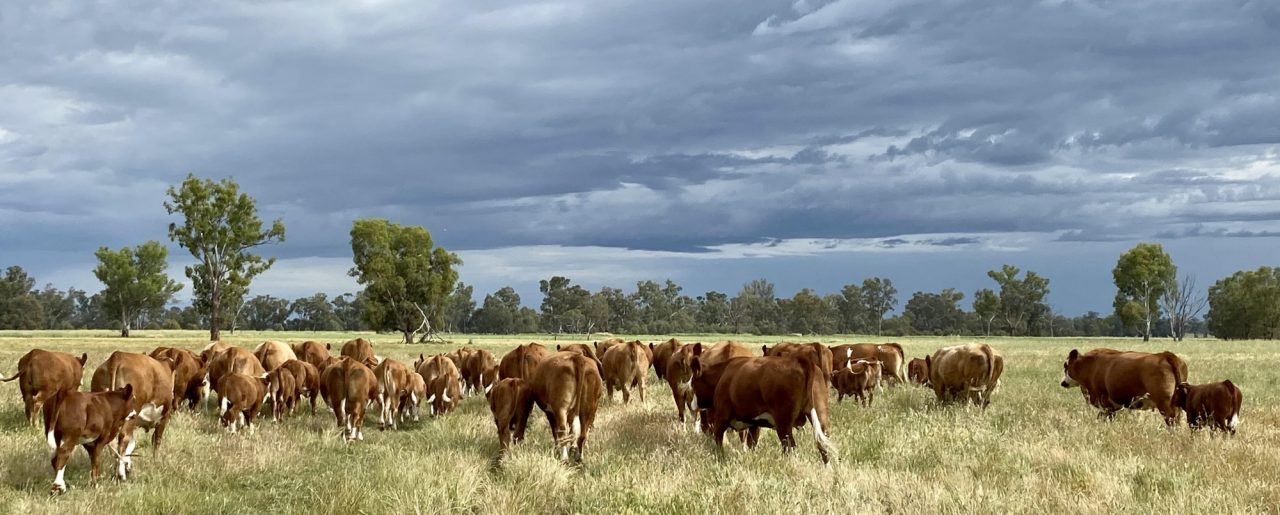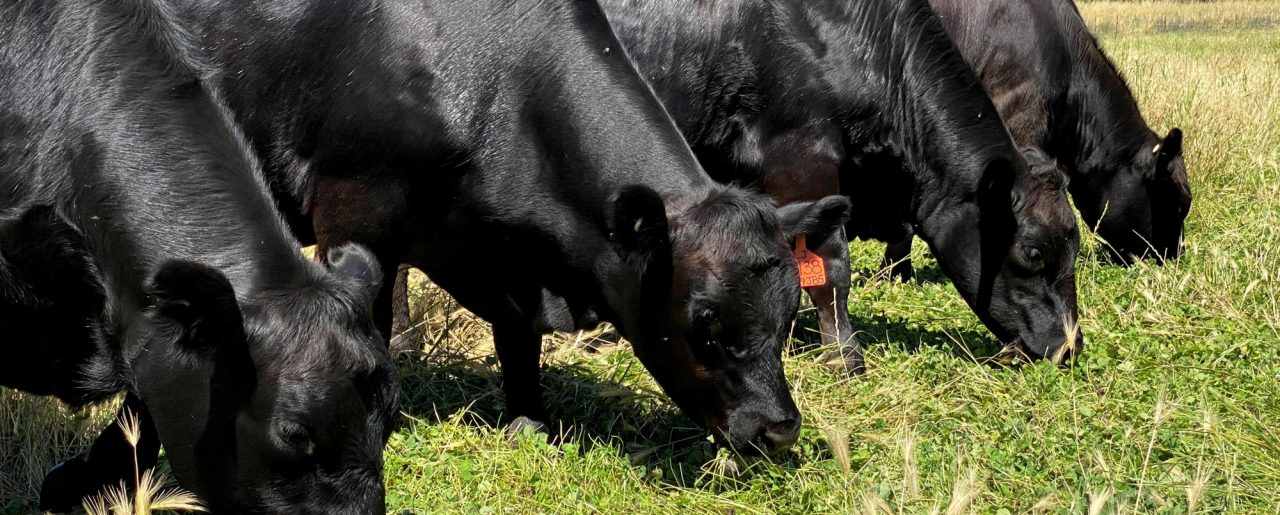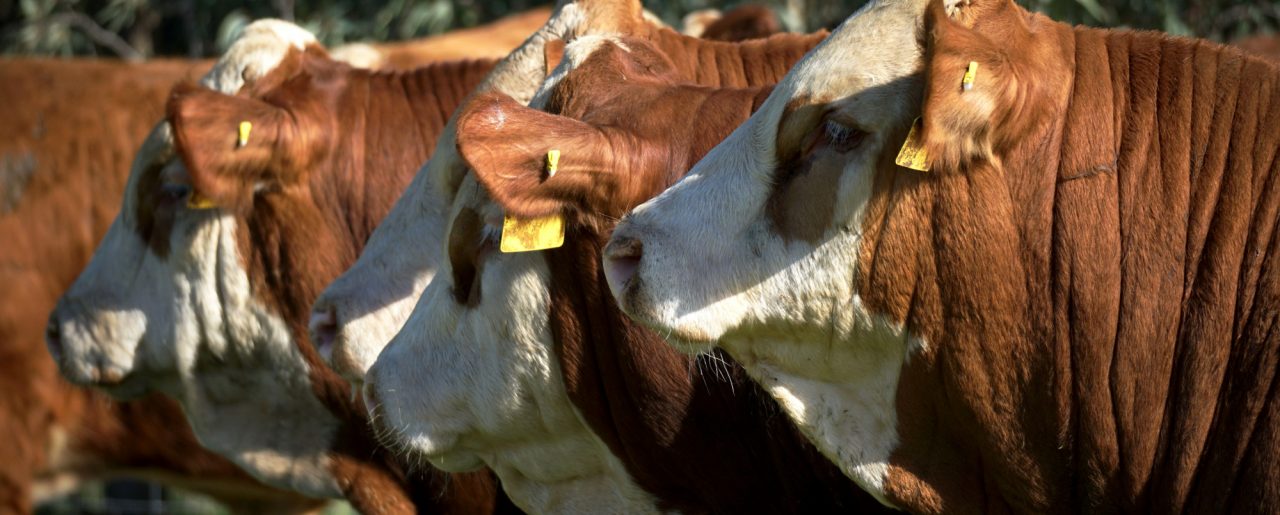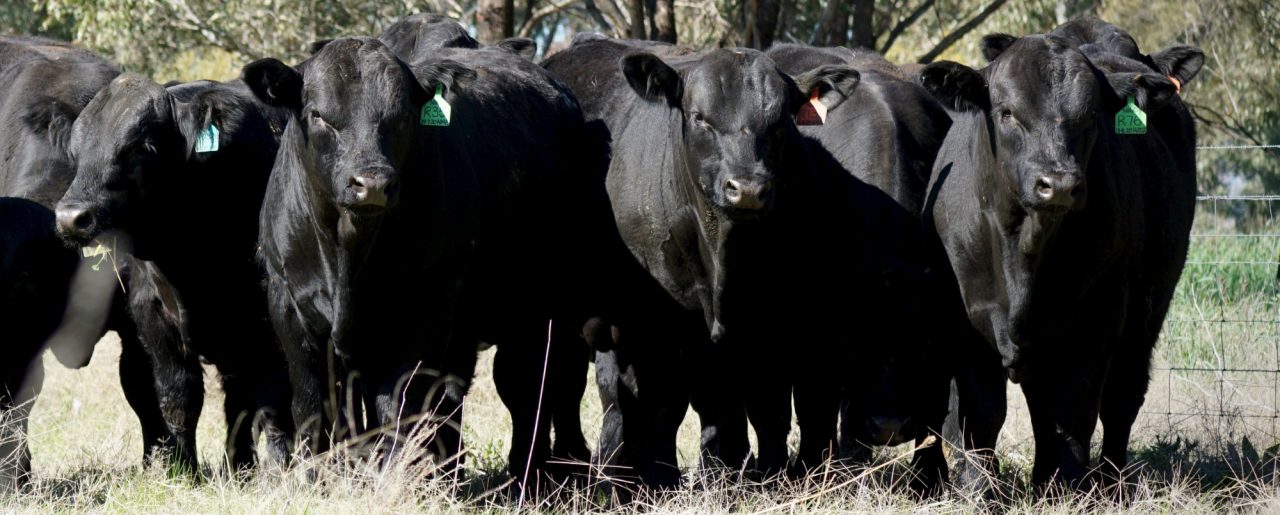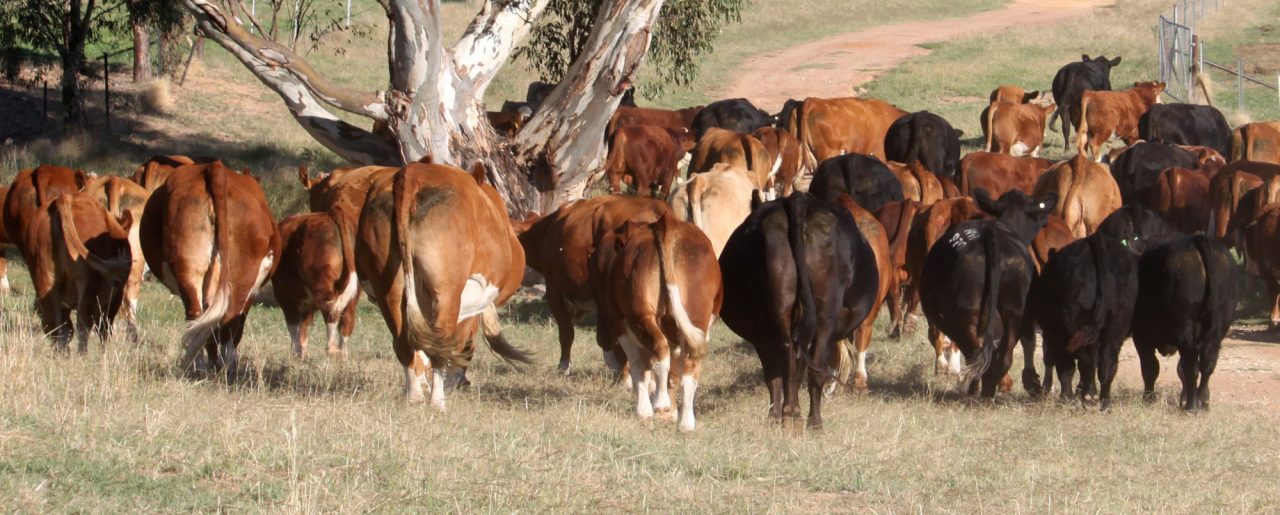by HENRY HOPKINS
![]() My interest in the Simmental breed started many years ago when I had a small Shorthorn stud. I had a great friend in Penola, Dick Kidman, who was introducing weight gain and more muscle into the breed, starting a form of performance recording, which interested me from the beginning.
My interest in the Simmental breed started many years ago when I had a small Shorthorn stud. I had a great friend in Penola, Dick Kidman, who was introducing weight gain and more muscle into the breed, starting a form of performance recording, which interested me from the beginning.
It is interesting to look back to a sale at Melbourne Show time when the Auctioneer mentioned the fact that one of the bulls in the ring had been “performance recorded”. The attendance burst out laughing and in some cases jeering! We have come a long way since then.
I was fortunate enough to be awarded a Nuffield Scholarship in 1966. On my way to the U.K. I had an opportunity to visit Kenya and for the first time I saw Simmental cattle at a show there. I was completely hooked from that time on.
The Wormbete Simmental stud was one of the original studs to import Simmental semen from the U.K. I have always believed it important to have large numbers of cattle to work with to enable those that are not up to standard to be “classed out.” Several hundred cattle were used in our insemination program
As one of the original councilors from Victoria I was involved in the formation of the breed in Australia. WHAT AN OPPORTUNITY WE HAD! The council very quickly moved forward in the banning of fostering and made it compulsory that all cattle were dehorned, and of-course introduced a system of performance recording which is now accepted by so many breeds of cattle in Australia.
Council was a very unselfish and generous team with representatives from every state. Our first President was Dick Vincent from Western Australia, whose contribution to the breed was enormous. I became the second President for 12 months, Dick then taking office for a further term of 3 years.
It gave me great pride to be acknowledged 2 years ago with Life membership of the Simmental Society.
The Wormbete stud pushed forward with good numbers, our aim was to have cattle that would perform well in Australian conditions, sound feet, legs, with early maturity etc. We continued large artificial Insemination programs backed up with other prominent Australian bulls and soon began to develop cattle that we were very proud of.
We had several sales on the property while at Winchelsea. Later the stud withstood several property moves in its’ entirety, proving it had the ability to adapt and remain strong in a variety of conditions.
For 15 years the stud has been at “Allawah” Illabo NSW where my son John and his wife, Nicole continue the strong breeding objectives we have always believed so fundamental. They have shown great ability in moving the stud forward.
A further aim in the development of the stud was to have a high standard of horned cattle before introducing the polled gene. This has now worked well with their advancements that I am very excited about. Finally I would like to make a warning to breeders of the future, to be very wary and careful of following “fashions” which has caused considerable trouble to some in the past.
![]() My faith in the breed has never wavered; it has all the traits we would wish to have, milk, growth, muscle and considerable fertility, all in this one breed.
My faith in the breed has never wavered; it has all the traits we would wish to have, milk, growth, muscle and considerable fertility, all in this one breed.
Henry W.W Hopkins
(1933 – 2014)

